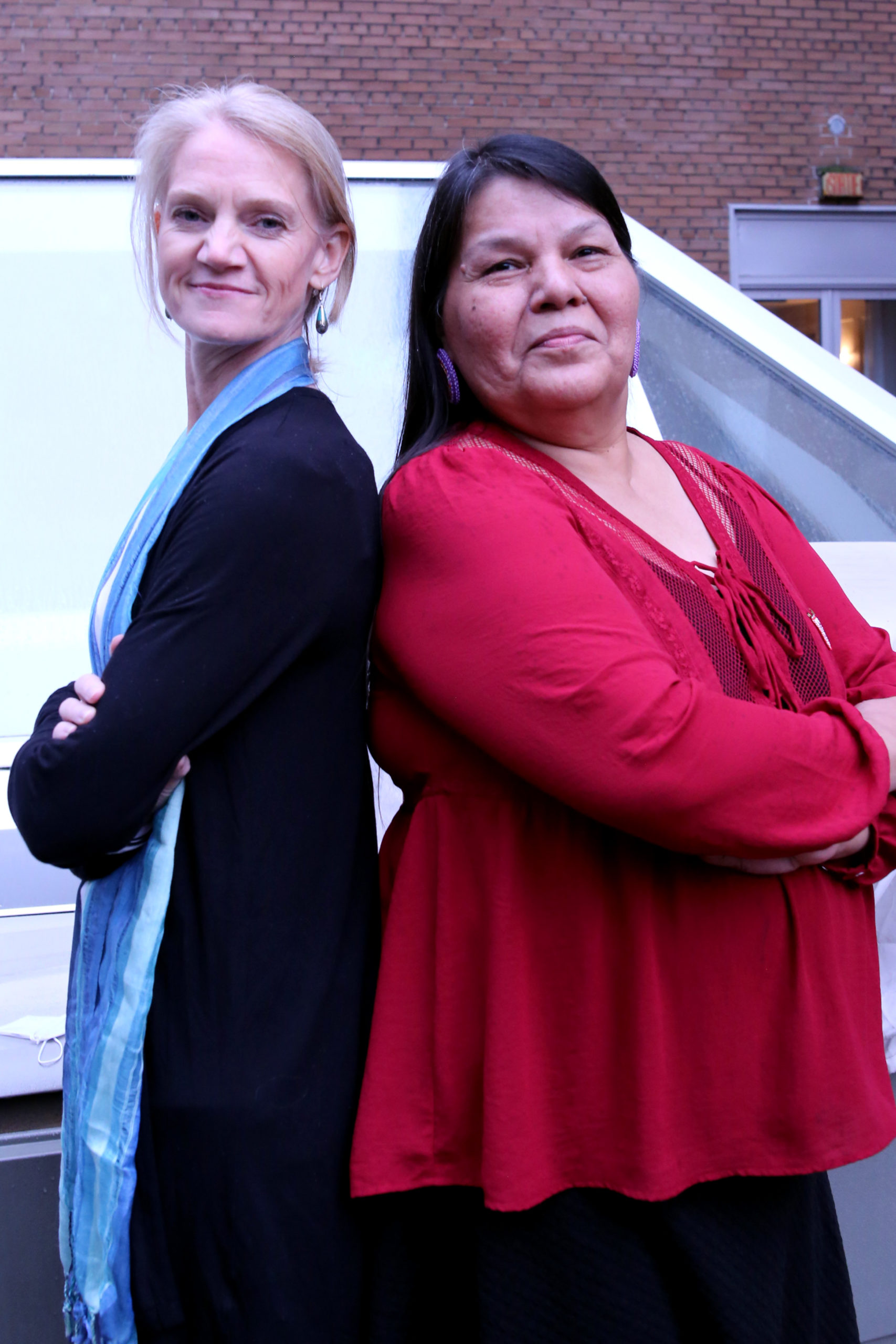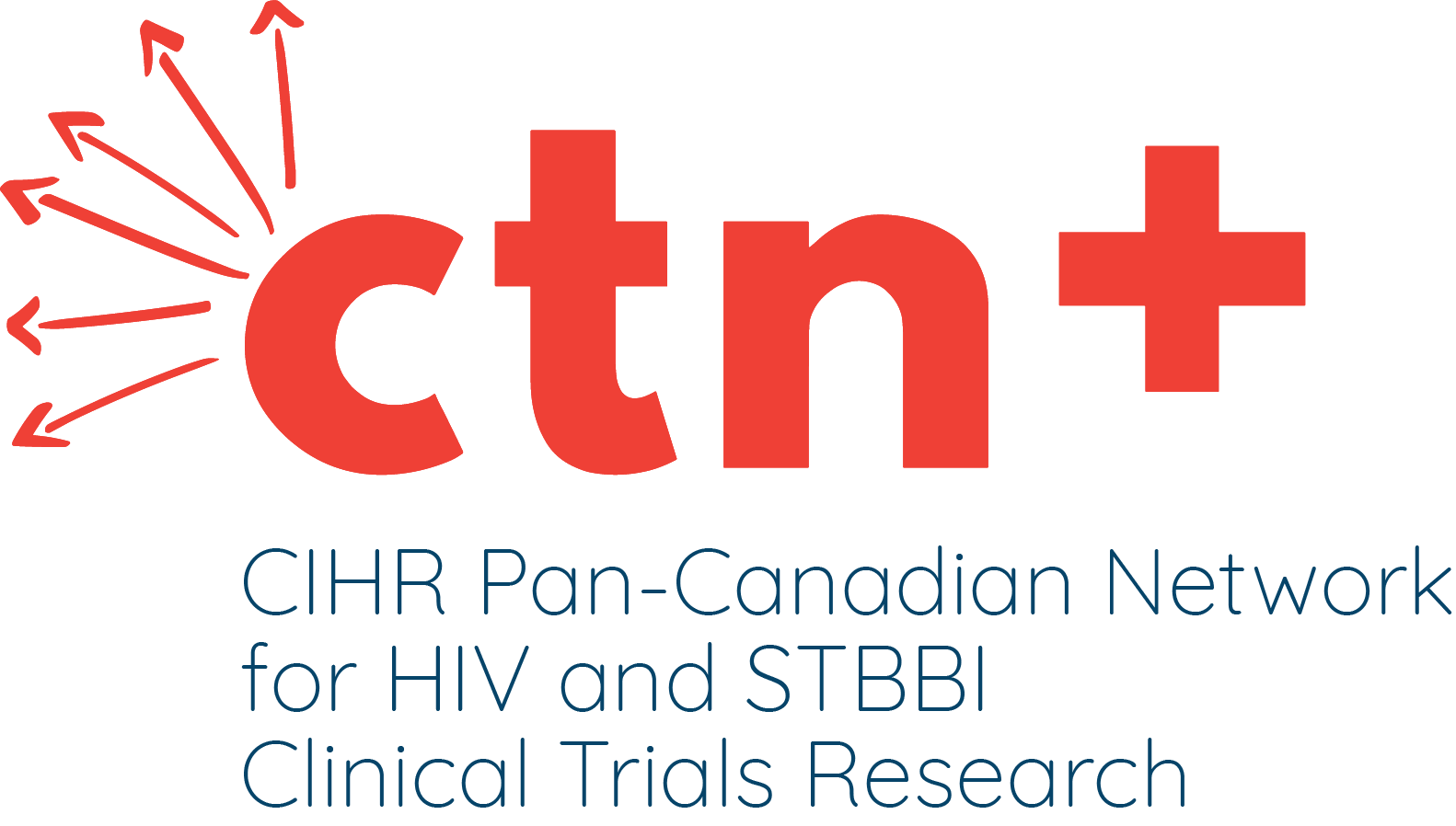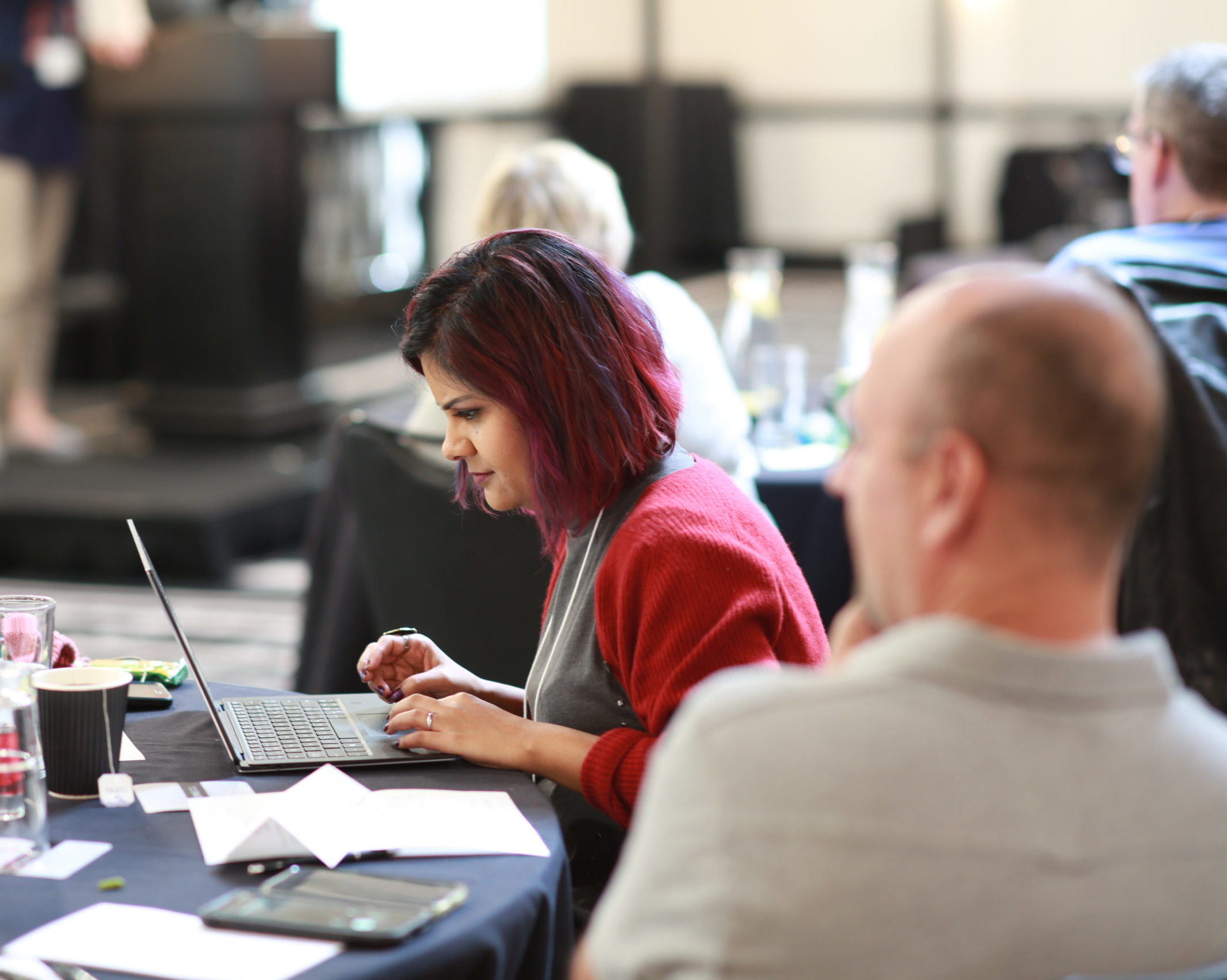Outreach should be purposeful
Community organizations may be national, provincial/regional and local. Many such organizations value research and have developed guidelines to engage with researchers. A number of people at risk for or living with HIV work as expert research consultants. Some investigators regularly attend community-based events and conferences in order to develop relationships with, and a deeper understanding of, the populations they work with and study. Conversely, you could consider inviting community members into your labs and centres to attend rounds or sessions, either as participants or as speakers.
Because research involvement is a commitment of time and energy, approach community members who are passionate about the topic at hand, and who would be willing to invest time and effort over the course of the study. Formally posting positions is one way to encourage new talent to come forward and apply to be part of a research team. You also could consider soliciting referrals from other researchers, conduct literature searches, or reflect on previous working relationships.
Coordination and time management
Academic timelines (particularly grant timelines) are often tight. Taking time to establish relationships before a specific grant call is an effective way to avoid a last minute scramble to find research partners. If possible, support community members to meet application deadlines by providing them with paperwork assistance, such as writing letters of support and completing ResearchNet or Canadian Common CV registrations.
Roles and responsibilities
In order to ensure team members understand what is expected of them, discuss and define different roles (e.g., knowledge user, peer researcher, advisory committee member) on the research team, including the responsibilities and time commitments associated with each role, and then ask how each person wants to be involved. Note that the research team’s and funding body’s terminology for roles may differ. If the role being taken on by a community member on a research team is a “peer” role, it is important to clarify issues of personal disclosure of HIV or other relevant personal characteristics status that are involved.
Consider potential conflicts of roles and conflict of interest
Dual-roles (e.g., researcher—physician or researcher—community support provider) can blur relationship boundaries with community members. Defining roles within the study context helps to maintain open lines of communication on the study team and help to address any real or perceived conflicts of interest. In addition, these dual roles need to be outlined for an REB application.


